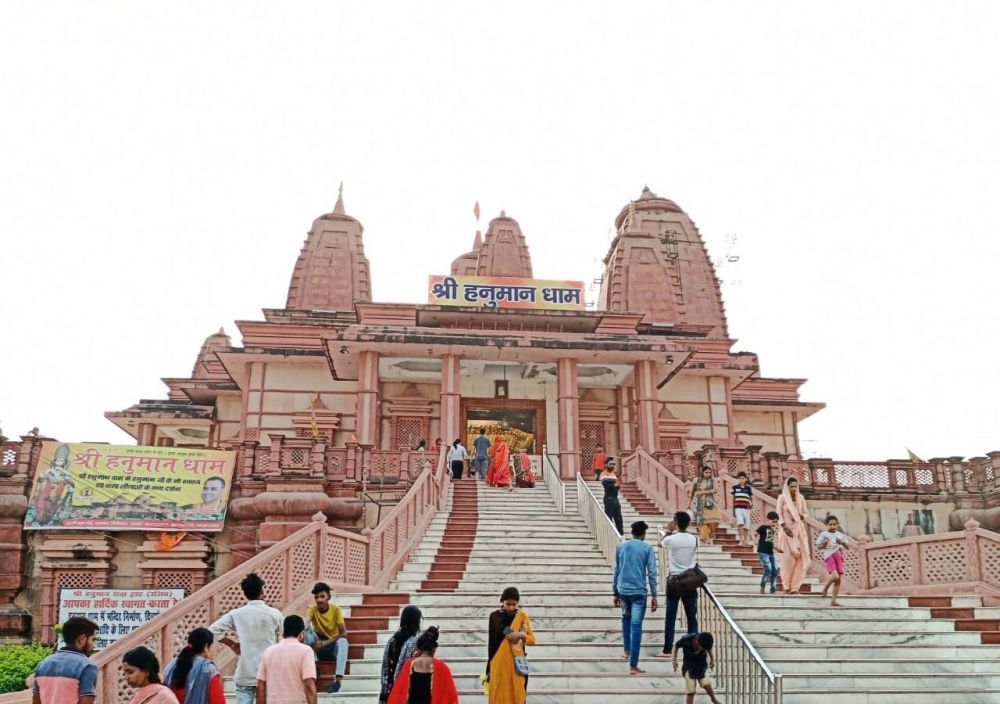

Nestled in the serene and picturesque locale of Uttarkashi in Uttarakhand, India, the Hanuman Temple holds both religious and cultural importance. It traces its history back to ancient times, with mythology linking the area to the revered epic of Ramayana. The temple is dedicated to Lord Hanuman, the ardent devotee of Lord Rama, known for his supreme strength and devotion. As per the local lore, it is believed that Lord Hanuman rested at this spot while carrying the Sanjivani mountain to Lanka.
Although the Hanuman Temple has been a long-standing feature of Uttarkashi's spiritual landscape, the tourism in the region began to evolve significantly with the growth of religious tourism and the establishment of the Char Dham Yatra. Increased accessibility to Uttarkashi owing to better road networks and the rise in domestic travel has put the temple on the itinerary of many spiritual sojourners and adventure travelers alike.
The temple gained prominence alongside the development of Uttarkashi as an important stopover for pilgrims journeying further up to the sacred shrines of Gangotri and Yamunotri, which are two of the four sacred sites of the Char Dham.
Current tourism trends show an increased interest in eco-tourism and wellness travel, with Uttarkashi offering numerous opportunities for the same, such as meditation, yoga retreats, and exploring the biodiversity of the Himalayas. The Hanuman Temple itself is a center of spiritual activity and aids in promoting a sense of tranquility and inner peace among its visitors.
Over the years, infrastructure around the temple has improved, with better lodging facilities, maintained pathways, and local guides available to enhance the experience for tourists. The adoption of digital platforms for travel planing has also helped potential travelers to discover the majestic beauty and spiritual significance of Hanuman Temple in Uttarkashi, thus adding to its allure as a noteworthy destination on the spiritual tourism map of India.
Another trend is the emergence of experiential travel, where visitors to Hanuman Temple in Uttarkashi also engage in local cultural experiences, including festivals, fairs, and witnessing traditional mountain lifestyles. The integration of local communities into the tourism framework ensures a more sustainable and enriching interaction between visitors and residents.